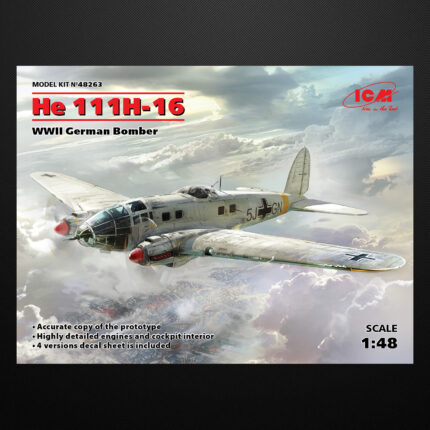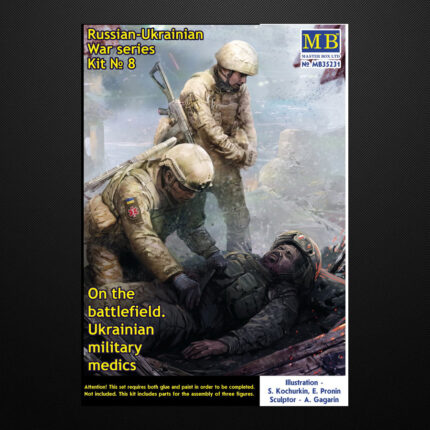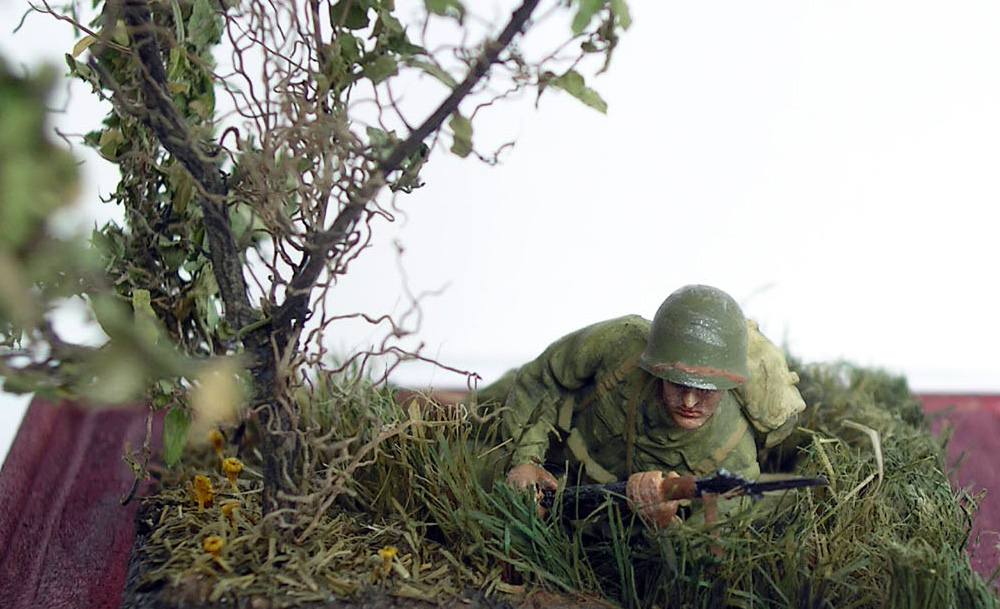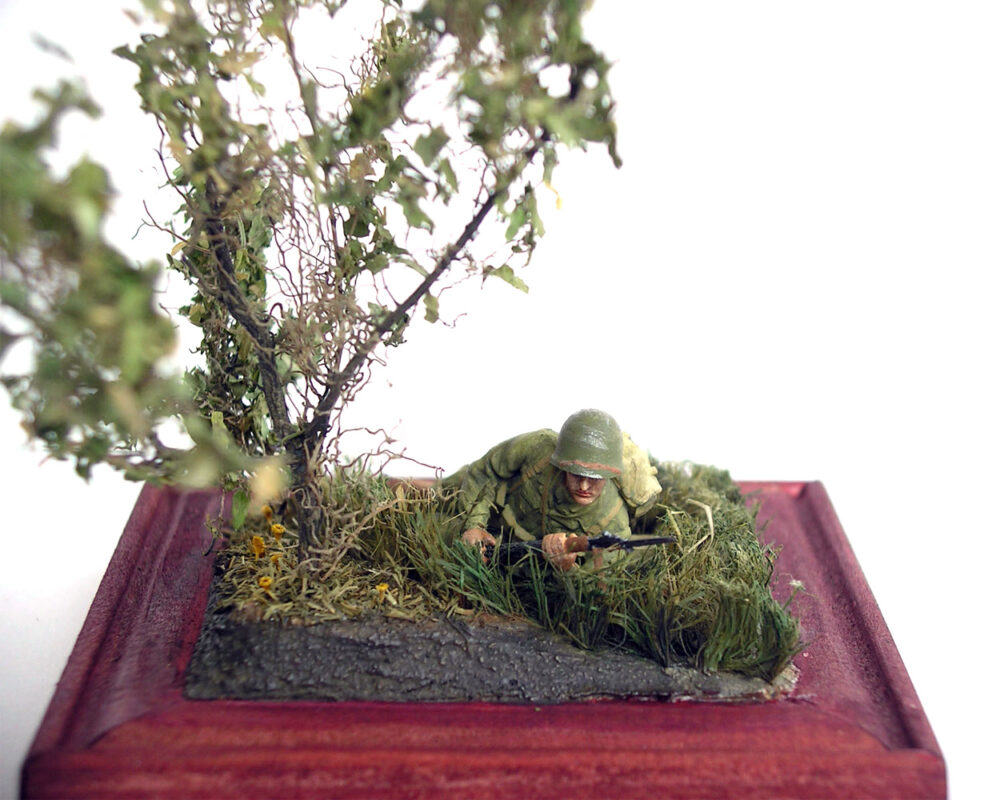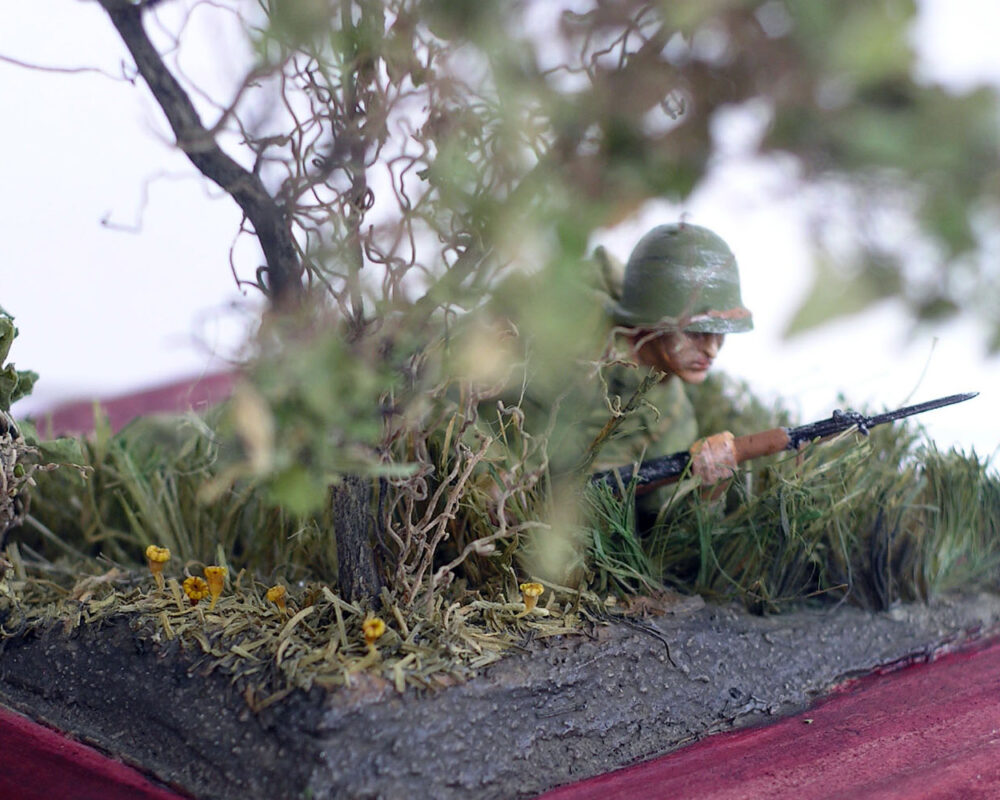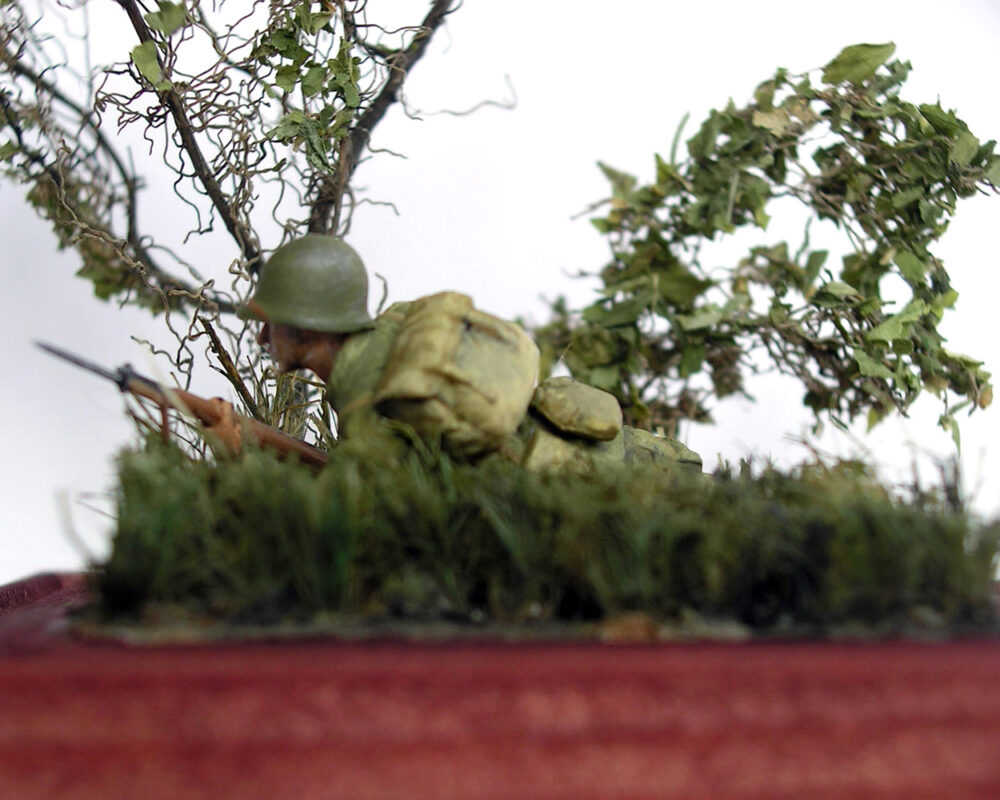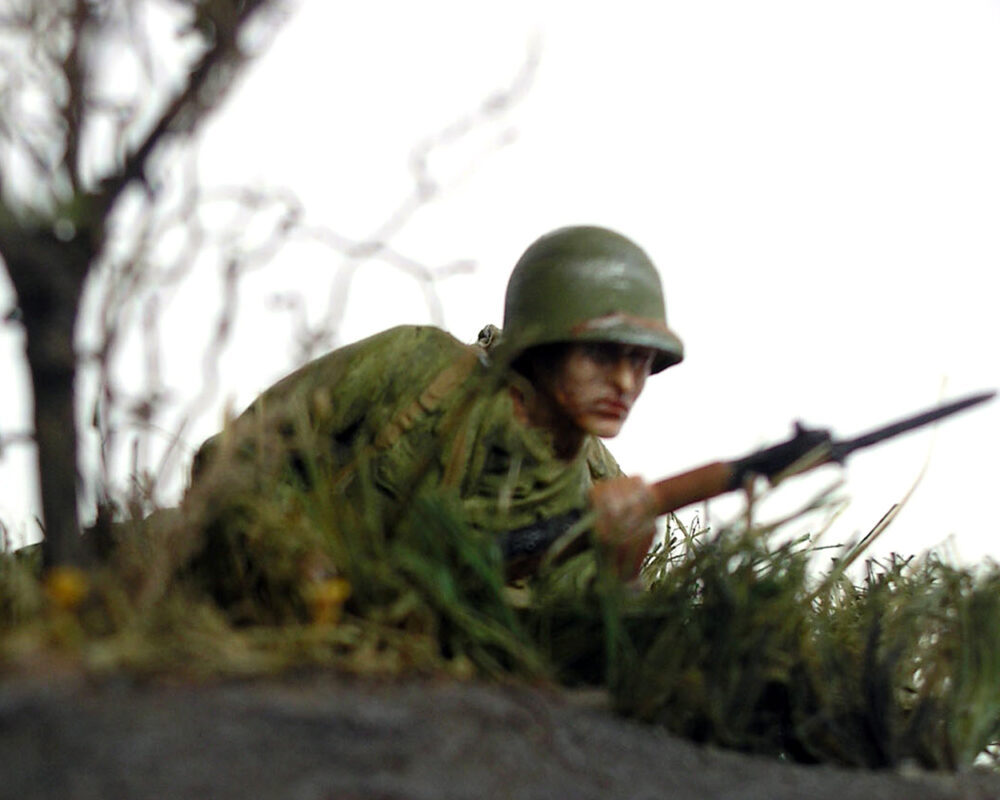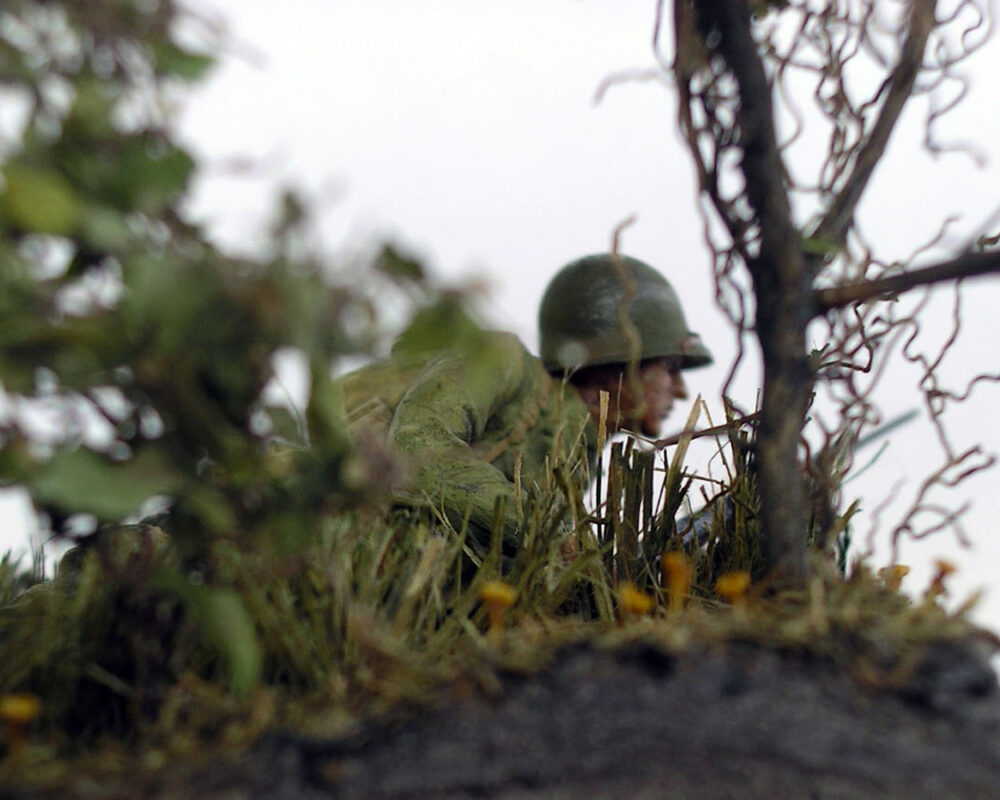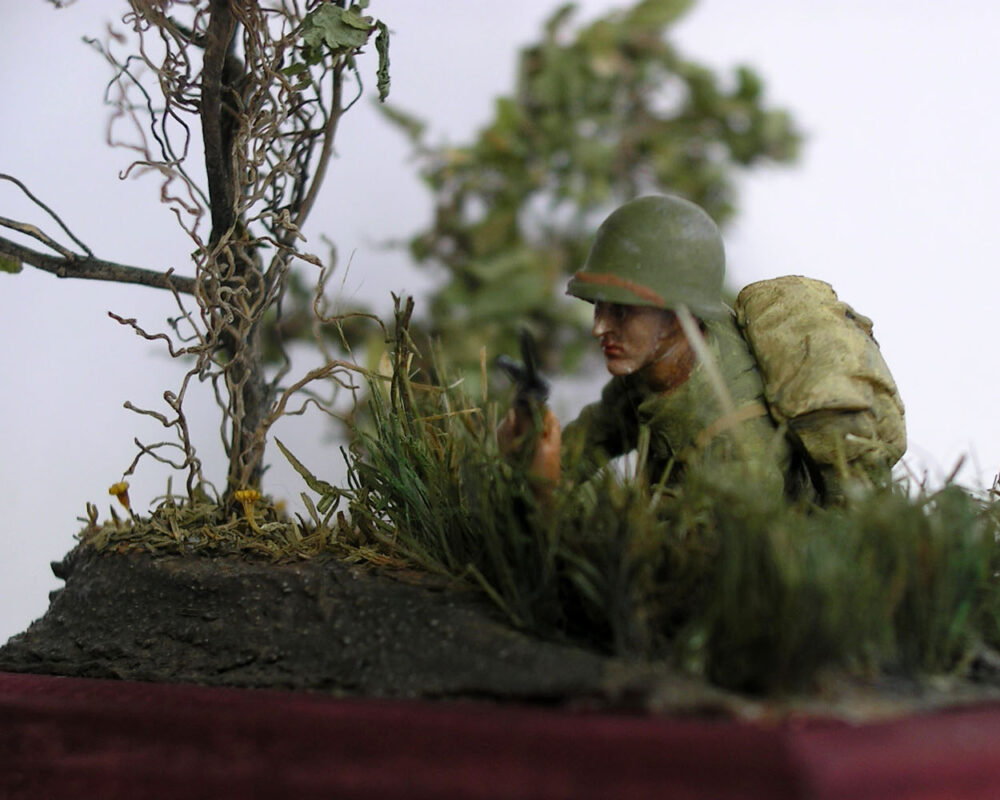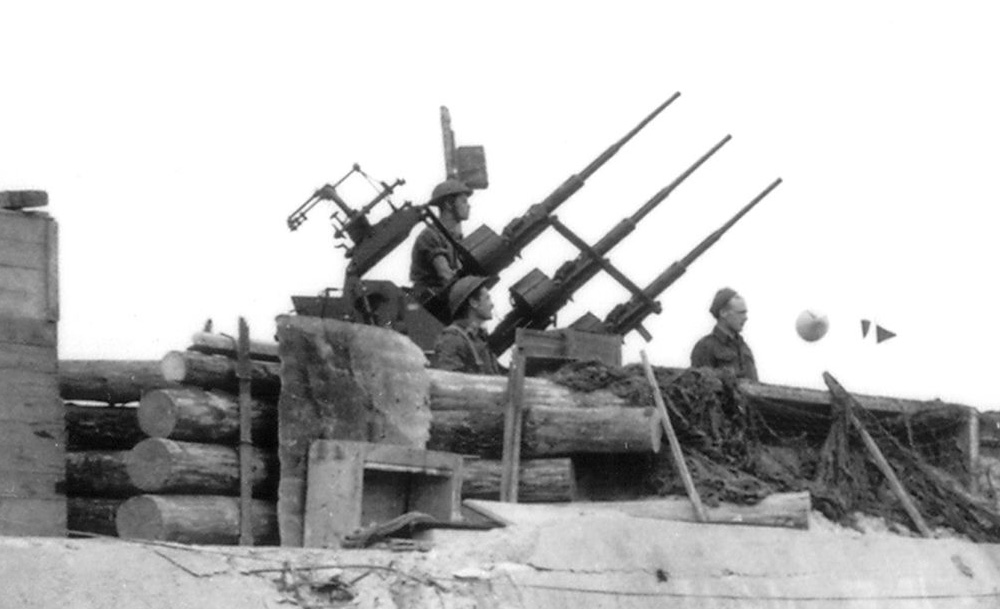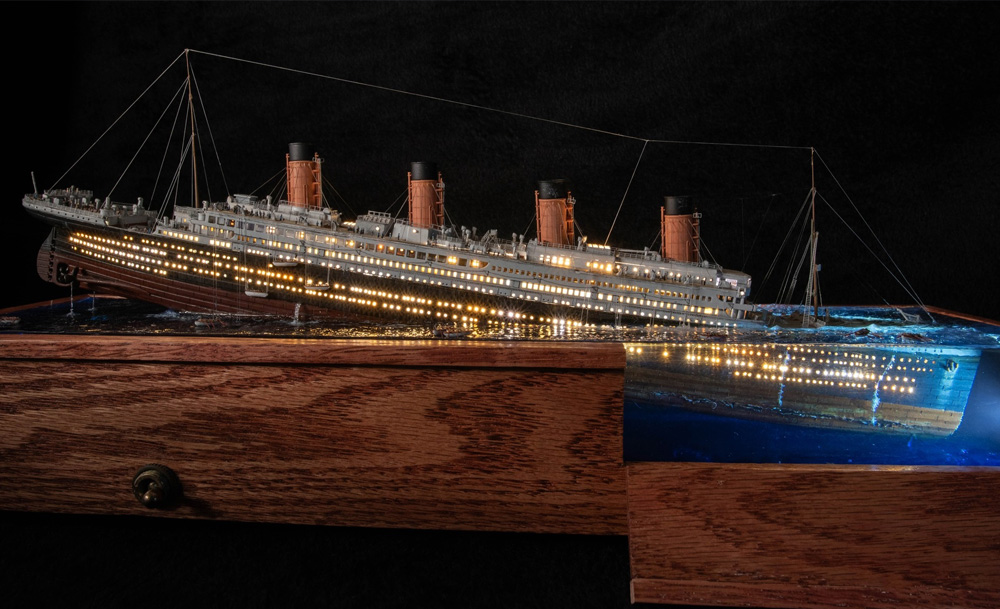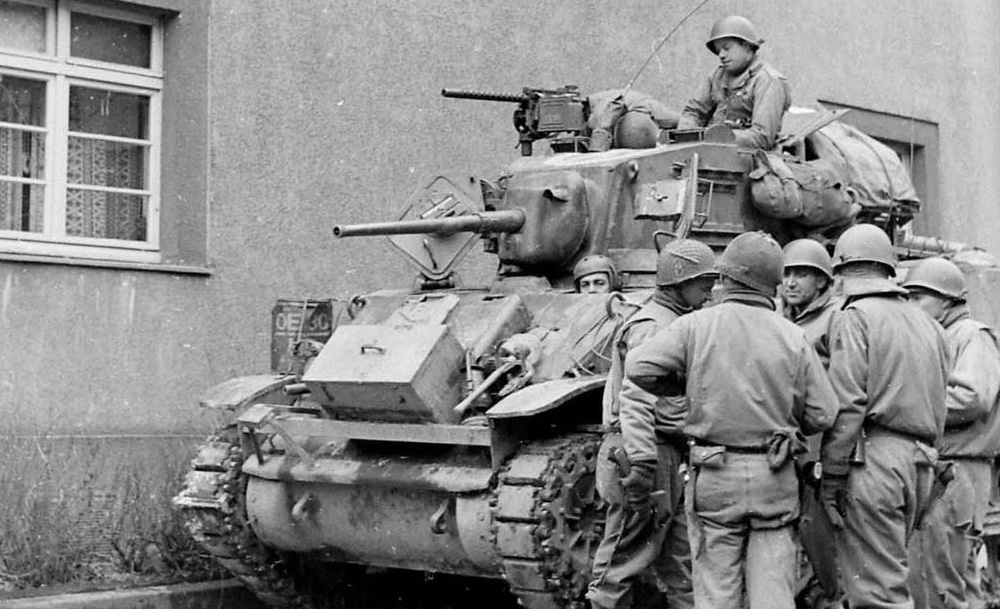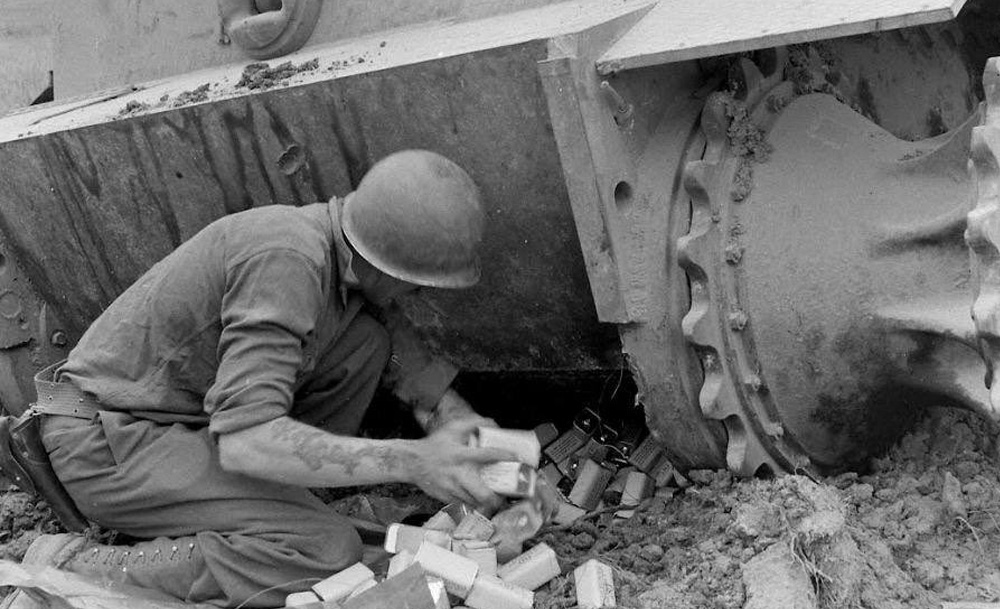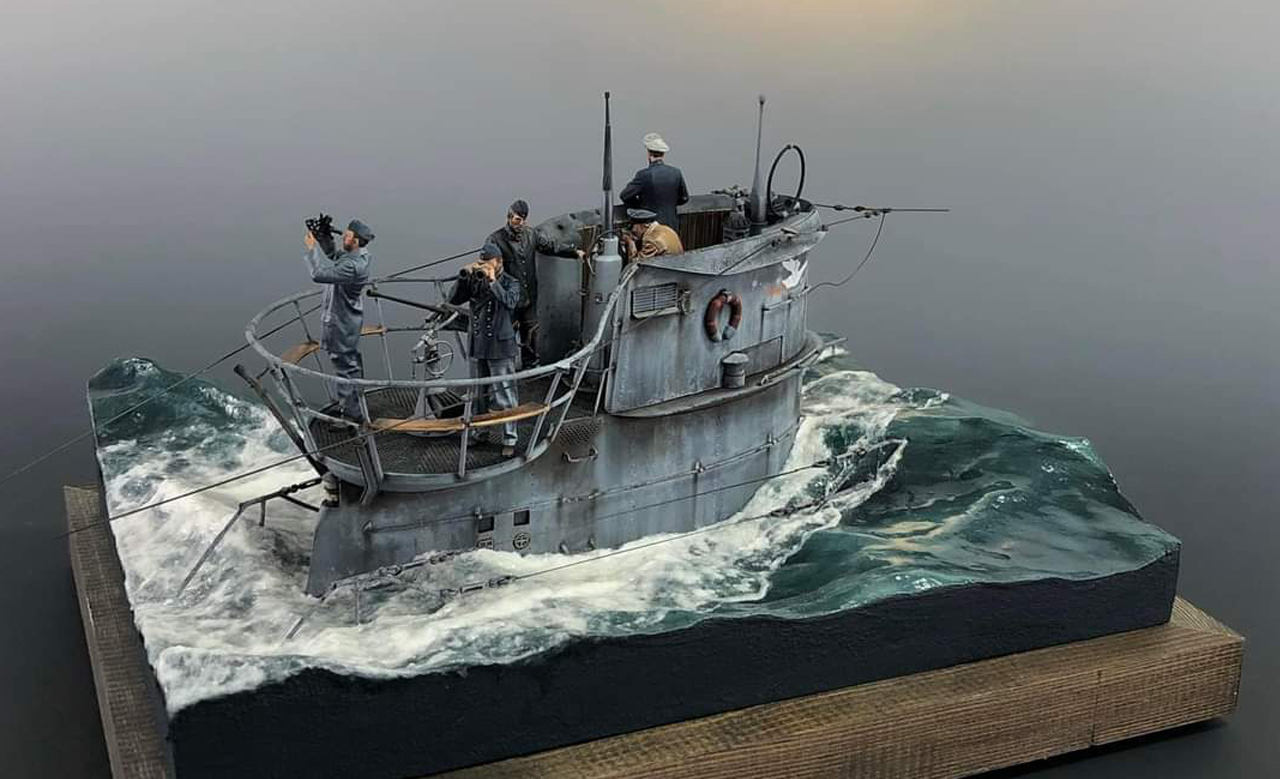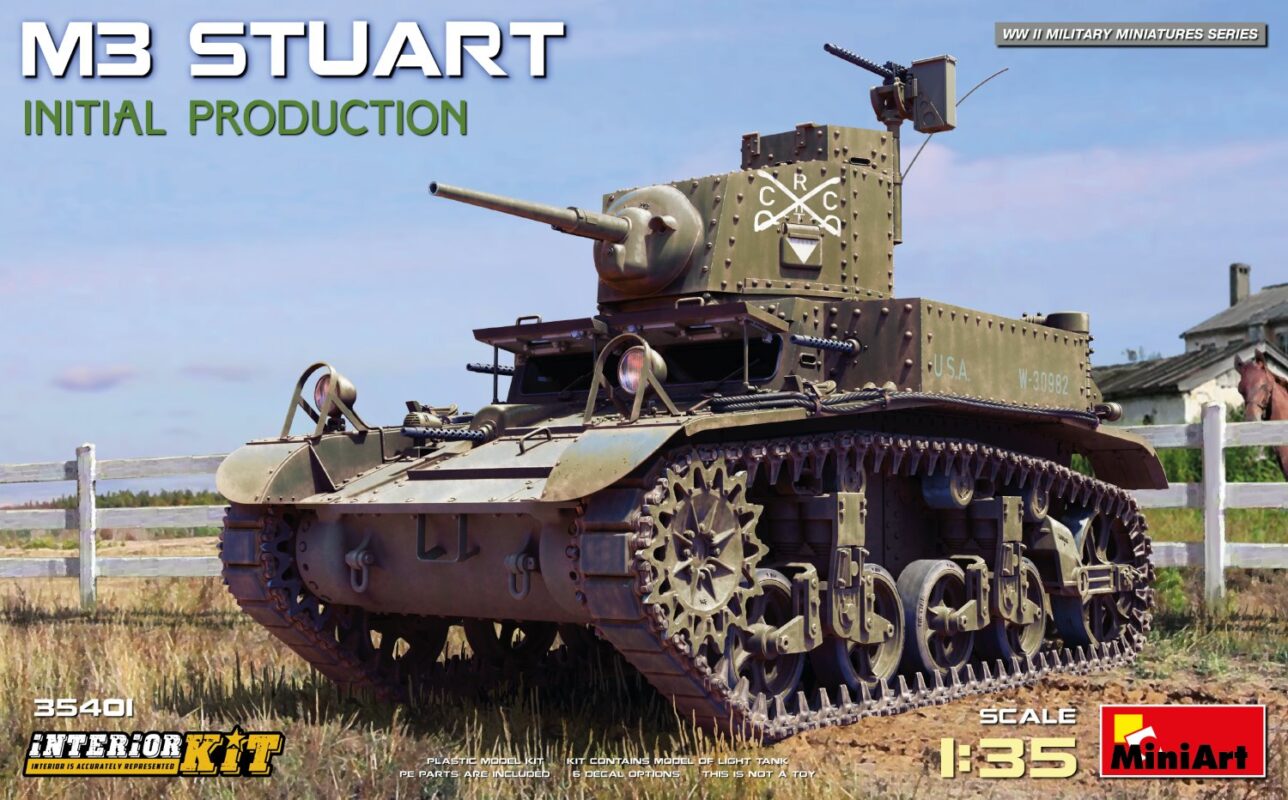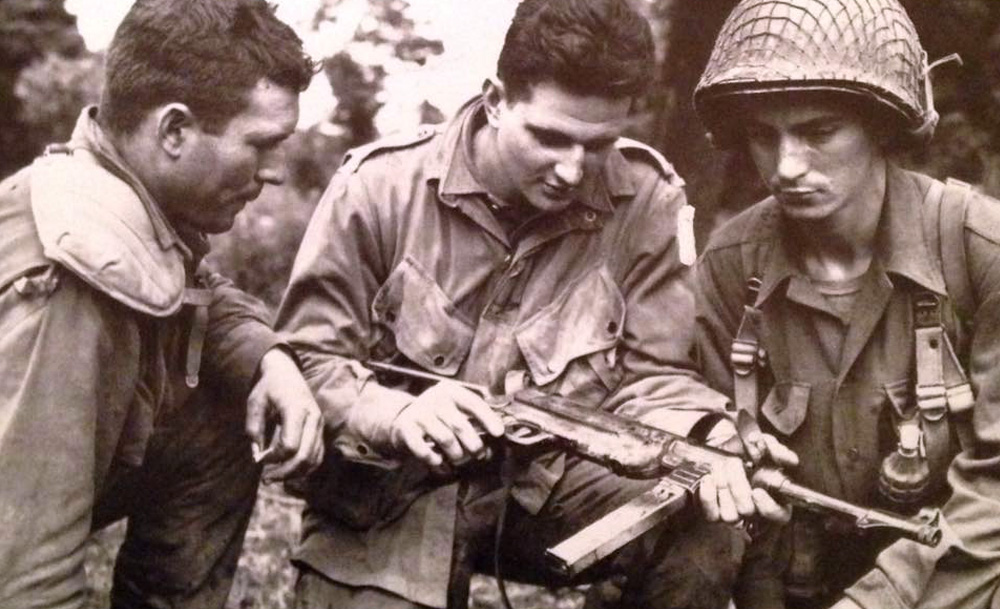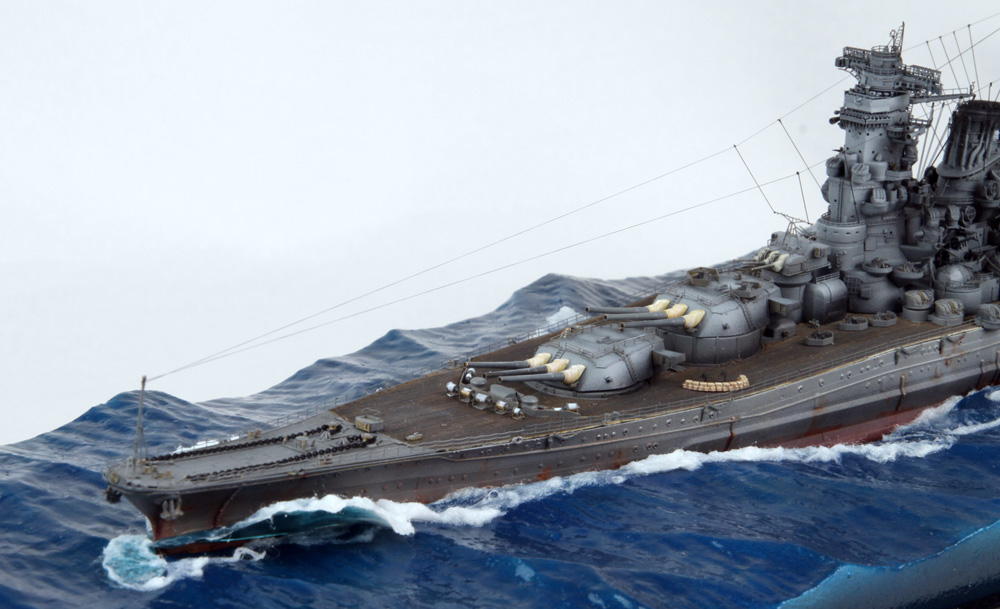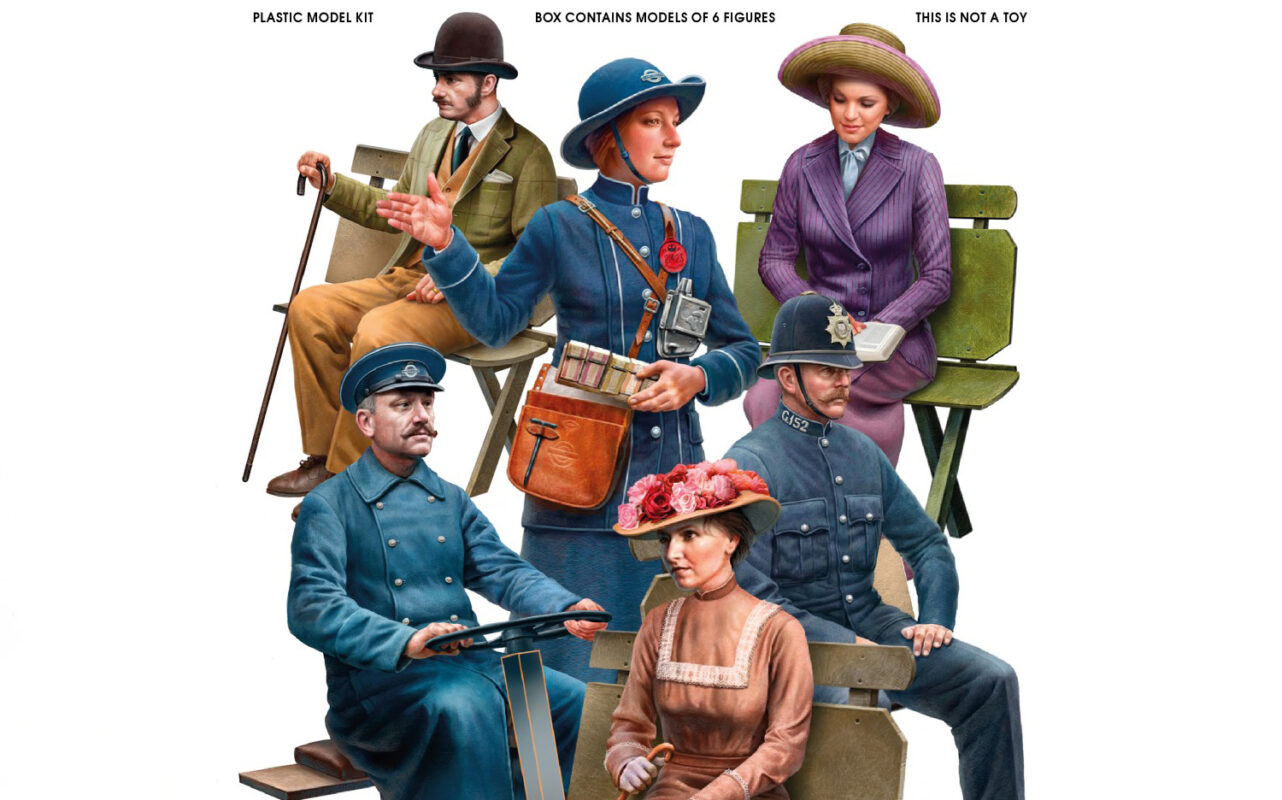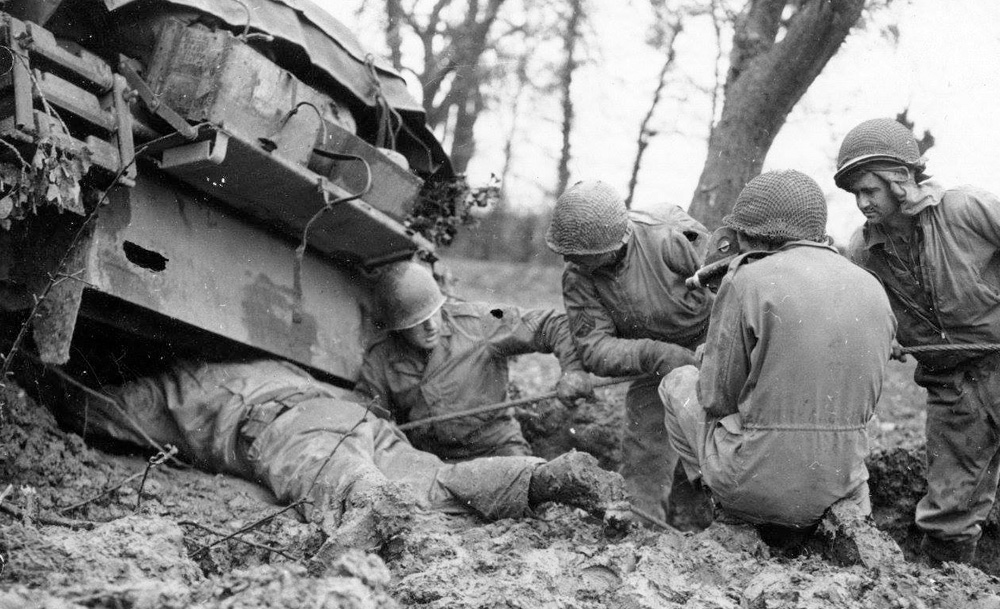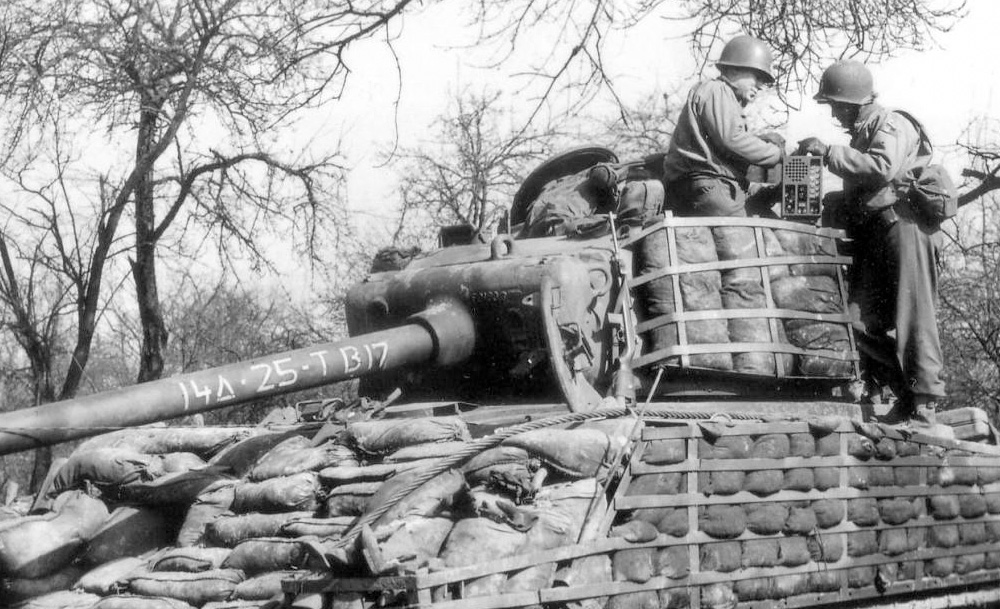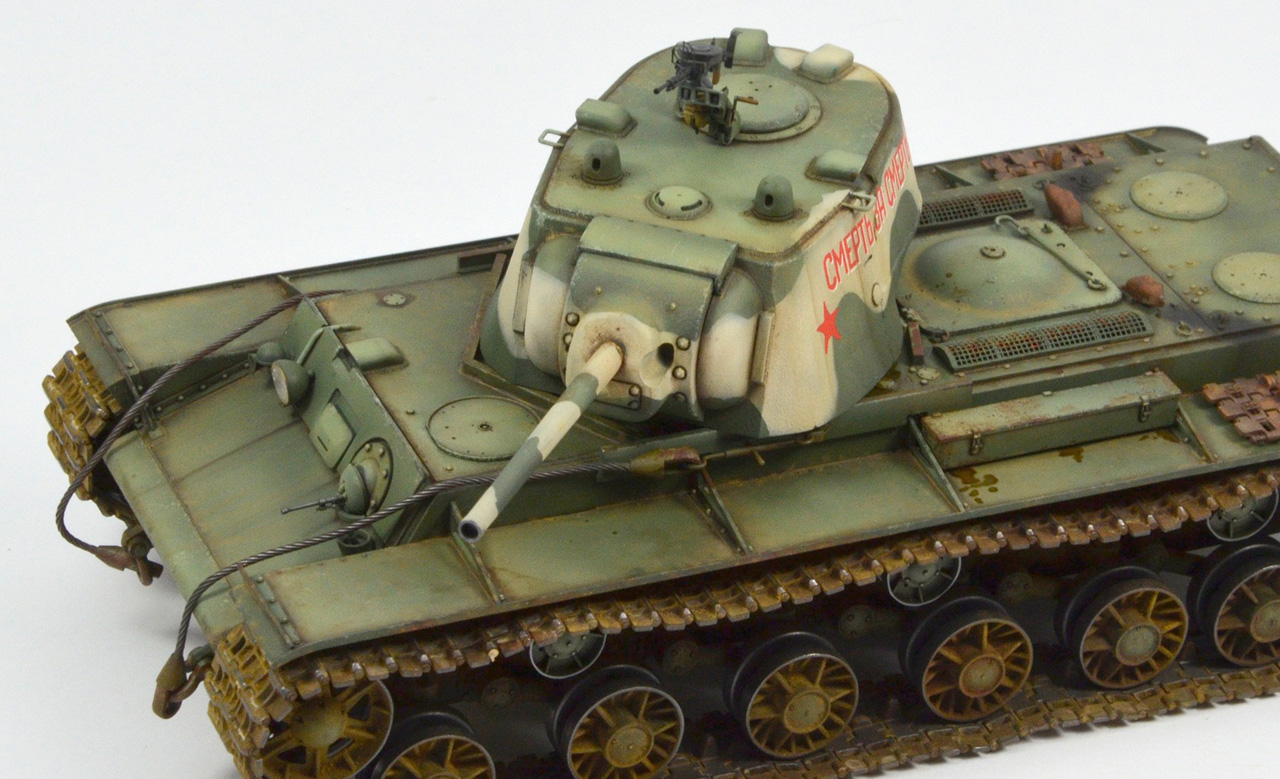A small but dramatic vignette depicting an American Airborne in ambush. Place: Normandy, France, 1944.
The work was commissioned for a private collection in the United States.
The U.S. Airborne operations during the Normandy D-Day landings on June 6, 1944, played a crucial role in the success of the Allied invasion of German-occupied Western Europe. Here’s a brief overview:
- Objective: The primary objective of the U.S. Airborne forces on D-Day was to secure key strategic points behind enemy lines to facilitate the amphibious assault on the Normandy beaches.
- Units: The U.S. Airborne forces consisted of the 82nd and 101st Airborne Divisions, which were tasked with securing and protecting crucial objectives such as bridges, causeways, and road junctions.
- Paratrooper Drops: The airborne operations involved parachute drops and glider landings in the early hours of June 6, before the amphibious landings. The paratroopers faced challenges such as scattered drops, intense anti-aircraft fire, and navigational difficulties.
- 82nd Airborne Division: The 82nd Airborne Division had objectives including capturing the town of Sainte-Mère-Église and securing river crossings. Elements of the division faced challenges like landing in marshy areas but played a vital role in disrupting German defenses.
- 101st Airborne Division: The 101st Airborne Division’s missions included capturing key bridges and causeways, notably the crossings near Utah Beach. The division faced challenges like mis-drops, but its efforts significantly contributed to the success of the overall invasion.
- Night Actions: The airborne troops engaged in intense fighting throughout the night, disrupting German communication and coordination, and securing vital objectives. Their actions played a crucial role in preventing German counterattacks.
- Utah Beach: The actions of the airborne divisions, particularly the 101st, helped secure the exit routes from Utah Beach for the amphibious landings. This coordination was essential for the success of the larger invasion.
- Casualties: The airborne operations incurred significant casualties, with many paratroopers and glider troops either killed, wounded, or missing. Despite the challenges, their efforts were instrumental in the success of the Normandy landings.
- Legacy: The U.S. Airborne operations on D-Day are remembered as feats of courage and determination. The sacrifices made by these paratroopers contributed to the establishment of a secure beachhead for the subsequent Allied forces.
The U.S. Airborne divisions’ actions on D-Day demonstrated the effectiveness of airborne tactics and played a crucial role in the success of the Normandy invasion, a pivotal moment in World War II.

